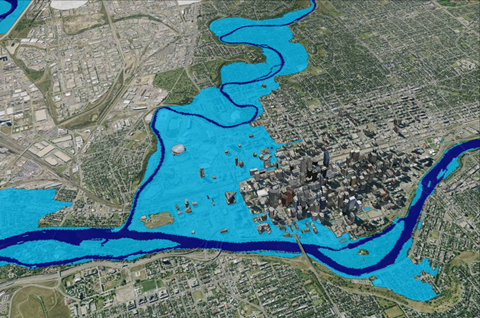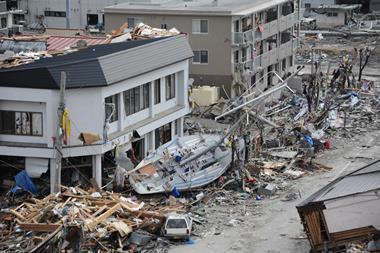Model gives insurers realistic estimates of their exposure

Aon Benfield’s catastrophe modeling arm Impact Forecasting has launched a scenario model for the recent Alberta floods in Canada.
The model enables insurers to gain more realistic estimates of their specific exposure, just days after the event.
The footprint of the flood event is based on an image from mapping service Sertit distributed by Perils. After being manually processed to recover areas originally obscured by clouds, it is converted to Elements format and uploaded to the firm’s loss calculation platform. The relevant hazard is then superimposed onto the insurer’s portfolio so the exposed sums insured can be calculated.
Impact Forecasting president Steve Jakubowski said: “This scenario model illustrates the global scope of an open platform, such as Elements, where third-party data can be used to quantify clients’ exposure in areas with no existing models available prior to the event.”
The firm’s flood model developer Martin Kadlec added: “For the Alberta floods, Elements provides more accurate results based on the proportion of sums affected rather than the entire sums insured for each administrative unit or postal code. Additionally, the affected sums insured within each area do not blindly follow the location of the floods, but are weighted by population density data. Both of these parameters make this model more beneficial than simply GIS based analysis.”
The model launched after a week of torrential rain that triggered two rivers running through Alberta to overflow and flood central Calgary, causing widespread devastation.




















No comments yet